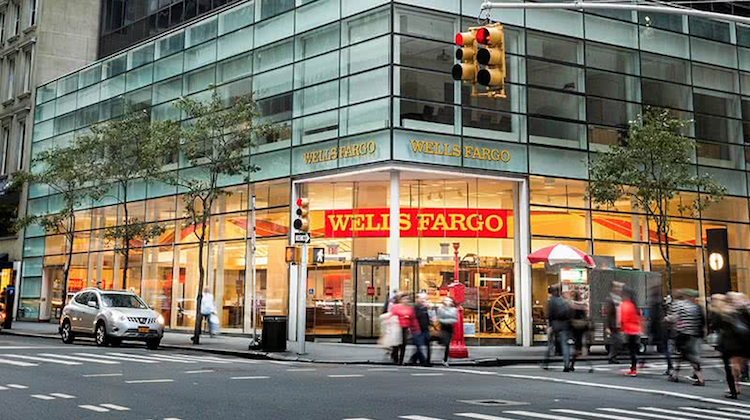The Customer Effect
Reality check: Branches are still going away, despite Chase’s flashy investment
- Customers may still love branches, but perhaps no bank has provided them a completely digitally competent banking experience that could change their perception and dependence on them
- Reports may say branches are important but earnings reports from banks' vendors like NCR and Diebold Nixdorf show a different story








